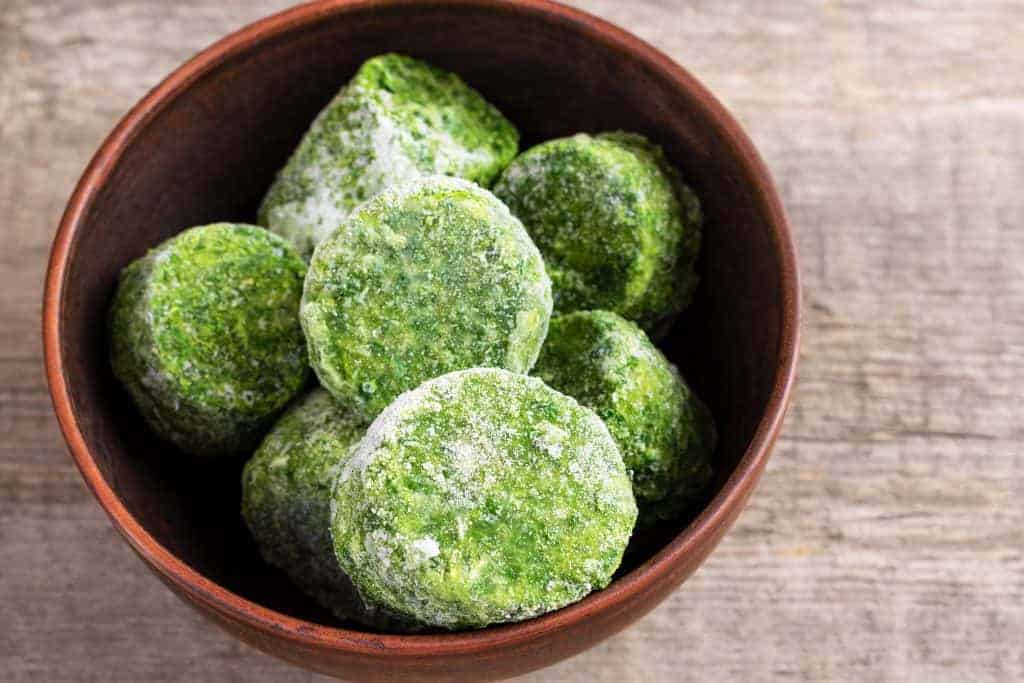How to Defrost Food Safely
Freezers are a modern marvel. Think about it, before the freezer was invented in 1857, you had to rely either on an ice box, or find ways to dry and preserve food. Now, almost any food you can think of can easily be preserved for months at a time simply by tossing it in the freezer.
However, freezers aren’t fool proof. Besides ensuring the temperature stays at a safe -18°C, there are a few safety precautions you need to take in order to safely prepare and consume frozen food.
Unsafe Methods of Defrosting Food
It happens to all of us; it’s two hours before dinner, and you’ve discovered to your dismay that you forgot to take the chicken out of the freezer. So, thinking quickly, you take the chicken out and stick it in the sink, under a steady stream of warm water. This method has been used for decades, so it must be safe, right? Unfortunately, it isn’t.

There are a number of unsafe ways to defrost food. Anything that introduces the food to temperatures above 8°C and below 63°C for an extended period of time can increase the risk of food borne illness, a problem which globally affects 600 million people per year. Here are some of the most common ways to defrost food that you should avoid.
Defrosting in hot water
Hot water is a no go! Defrosting food in the sink can be safe, provided the food is in a food-safe container or a sealed bag which is fully submerged in cold water of a temperature of under 8°C. The water should be changed every 30 minutes, or you can choose to leave the sealed bag under cold running water. However, the temperature of the water is hard to control in both cases and that is why this method is not recommended.
Leaving frozen food on the counter
Unless you happen to keep your house at near-freezing temperatures, defrosting food on the counter is unsafe. Even if the centre of the food remains frozen, the parts that have been defrosted will not stay within the safety zone of recommended defrosting temperatures.
Refreezing thawed food
Never refreeze thawed food! The best thing to do is to place the unused food in the refrigerator and use it within the next day. Another option is to purchase a food saver so you can portion out frozen food into serving sizes you’re more likely to use, before defrosting any of it. The only time you can refreeze is when defrosted food has been cooked and chilled properly.
Safe Methods to defrost food safely
Don’t let the above information get to you. Planning ahead helps to leave enough time to defrost food. Luckily, there are a number of safe ways to defrost food that can work within your timeframe.

Defrosting in the refrigerator
One of the safest methods of thawing frozen food is placing it in the refrigerator and allowing it to thaw slowly and completely. In order for this to be safe, you need to ensure that the temperature of your refrigerator is below 8°C, as most refrigerators are. This method may take the longest, but it ensures the food spends absolutely no time in the “danger zone” before being cooked.
Microwaving
Strapped for time? A microwave is a great, safe option for defrosting in a hurry because it heats the food quickly enough and ensures it does not remain in the “danger zone” for too long. Use the defrosting button on the device but still monitor the food during the process as the heat might not be distributed evenly in every microwave.
Related: Best microwaves on the market
Read instructions
It is important to plan and know thawing times. Always check the instructions on the packaging of store-bought products. Some foods don’t need to be fully defrosted before cooking, but large pieces of meat can take up to two days.
Conclusion
If you follow these precautions, you can safely store, prepare, and eat frozen foods without any worries about food borne illness. This can give you the flexibility to buy groceries in-season and preserve the products for later use or cut down your grocery budget by buying in bulk.
Happy thawing!